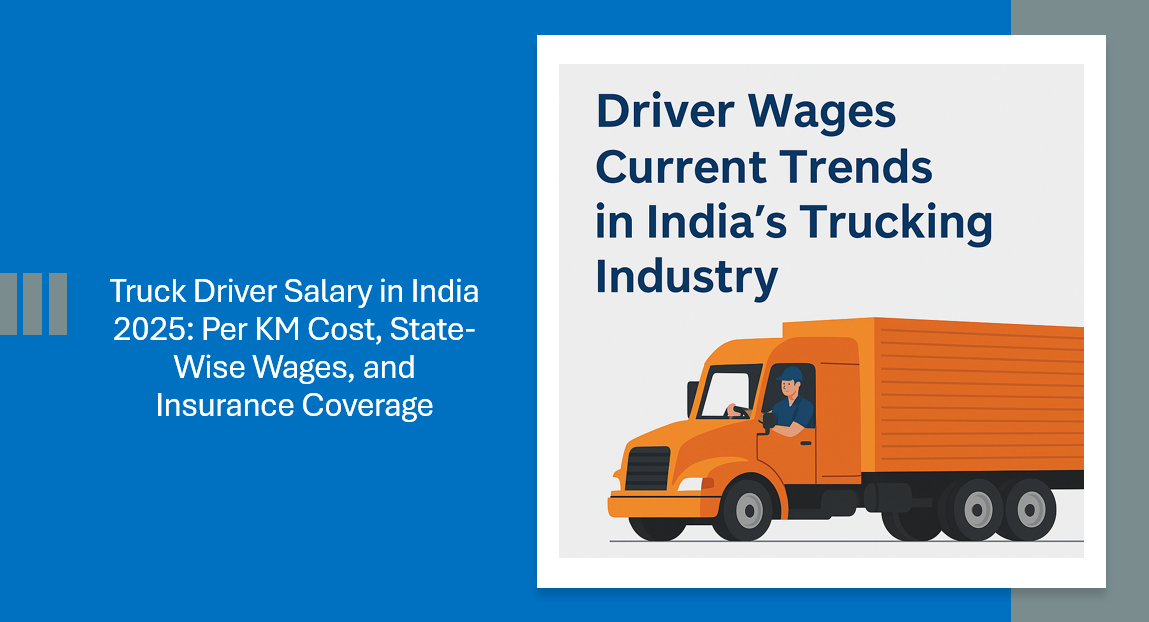Table of Contents
- Introduction to Vehicle Leasing
- Dry Lease: The Basics
- Wet Lease: A Comprehensive Solution
- Comparing Wet and Dry Leases
- Wet Lease Options for Different Industries
- Choosing the Right Lease Option
- The Role of ROI in Leasing Decisions
- Conclusion: Making an Informed Decision
Introduction to Vehicle Leasing
When it comes to acquiring vehicles for business purposes, companies often face the decision of whether to buy or lease. Vehicle leasing has become an increasingly popular option, offering flexibility and potential cost savings. However, within the world of leasing, there are two main types to consider: wet lease and dry lease. Understanding the differences between these options is crucial for making the right choice for your business.
Dry Lease: The Basics
A dry lease is a straightforward arrangement where the lessee (the company renting the vehicle) takes possession of the vehicle without any additional services. In this model:
- The lessee is responsible for all operational aspects
- Maintenance, insurance, and staffing are handled by the lessee
- The lessor (the company providing the vehicle) only supplies the vehicle itself
Dry leases are often preferred by companies that:
- Have their own maintenance facilities
- Employ their own drivers
- Want full control over vehicle operations
While dry leases can be cost-effective for some businesses, they require more in-house resources and management.
Wet Lease: A Comprehensive Solution
In contrast to dry leases, wet leases offer a more comprehensive package. Under a wet lease agreement:
- The lessor provides the vehicle along with additional services
- These services typically include maintenance, insurance, and sometimes even drivers
- The lessee has less operational responsibility but pays a higher fee for the convenience
Wet leases are particularly attractive for:
- Companies without extensive vehicle management infrastructure
- Businesses looking to focus on their core operations rather than vehicle logistics
- Scenarios where short-term or flexible vehicle use is required
Comparing Wet and Dry Leases
To help you understand the key differences, here’s a comparison table:
| Aspect | Dry Lease | Wet Lease |
|---|---|---|
| Vehicle Provision | Yes | Yes |
| Maintenance | Lessee’s Responsibility | Included |
| Insurance | Lessee’s Responsibility | Often Included |
| Drivers | Lessee’s Responsibility | Sometimes Included |
| Operational Control | High | Lower |
| Cost | Lower | Higher |
| Flexibility | Lower | Higher |
Wet Lease Options for Different Industries
Wet leases come in various forms to cater to different industry needs. Let’s explore some common options using a 40ft triple axle vehicle as an example:
- Fixed + Variable Cost Model
- Monthly fixed amount with minimum km included
- Example: INR 170,000 fixed charges per month up to 3,000 km
- Additional charge per km beyond the minimum (e.g., INR 43 per km)
- Suitable for businesses with predictable usage patterns
- Fixed Rental with Zero km
- Set monthly amount covering all fixed expenses
- Example: INR 105,000 fixed rental per month
- Additional per km charge for actual usage (e.g., INR 45 per km)
- Ideal for companies with fluctuating vehicle usage
- Minimum Guarantee Trips
- Based on a minimum number of trips in a specific corridor
- Example: INR 15,000 per trip, minimum 8 trips per month
- Total monthly charge: INR 120,000
- Good for businesses with regular routes but varying frequency
- Daily Rental + Variable Cost
- Fixed daily rental plus per km charge
- Example: INR 4,500 per day + INR 45 per km
- Suitable for short-term or occasional needs
- Per km with Minimum Guarantee
- Charged per km with a minimum monthly km guarantee
- Example: INR 68 per km, minimum 7,000 km per month
- Popular with express companies and long-haul operations
It’s important to note that options 1, 2, and 5 typically require the use of a specific vehicle, while options 3 and 4 allow for flexibility in vehicle selection from the lessor’s fleet.
Choosing the Right Lease Option
Selecting the most appropriate lease option depends on various factors:
- Your industry type (e.g., automotive, e-commerce, logistics)
- Operational requirements (short-haul vs. long-haul)
- Usage patterns (consistent vs. fluctuating)
- In-house capabilities for vehicle management
To make an informed decision:
- Analyze your vehicle usage data
- Consider your operational needs and constraints
- Evaluate your in-house capabilities for vehicle management
- Use simulation tools to compare different lease options
- Negotiate with suppliers based on your specific requirements
The Role of ROI in Leasing Decisions
When considering whether to buy or lease vehicles, the finance team plays a crucial role in calculating the Return on Investment (ROI). This calculation helps determine the most cost-effective option for the company. Factors considered in the ROI calculation include:
- Initial capital investment
- Ongoing operational costs
- Projected usage and revenue generation
- Tax implications
- Depreciation of owned assets
Learn more about ROI calculations for vehicle acquisitions
Conclusion: Making an Informed Decision
Navigating the world of vehicle leasing requires careful consideration of your business needs, operational capabilities, and financial objectives. While wet leases offer convenience and flexibility, dry leases can be more cost-effective for companies with the resources to manage vehicles in-house.
To ensure you select the right lease option:
- Thoroughly assess your operational requirements
- Use simulation tools to compare different lease models
- Consider both short-term needs and long-term strategy
- Engage in open discussions with potential lessors
- Regularly review and adjust your leasing strategy as your business evolves
By taking these steps, you can find a leasing solution that not only meets your current needs but also supports your business growth and efficiency in the long run.
Contact us for a personalized leasing consultation
Remember, the right leasing strategy can significantly impact your operational efficiency and bottom line. Take the time to explore your options and make an informed decision that aligns with your business goals.
Looking for More? Check Out These Essential Pages!
- About Us
- Ask the Experts |Get Real Answers to Your Logistics & Freight Challenges
- Become an Author on LogixMindz
- Client Portal
- Contact
- Expert Support for Global Trade
- Find reliable and suitable partners for your industry needs
- Find the right load and get the right freight
- Free Online Courses
- Freight and Logistics Market Analysis
- Freight Cost Optimization – Real Results from Logixmindz Experts
- Global Commercial Vehicle Manufacturers
- Global Logistics Support
- Insights for Logistics and Transportation Enthusiasts
- Instant Freight Options: Compare Costs and Services
- Latest Update on Commercial Vehicles
- Logistics and Freight Community Forum Connect, Learn and Solve Challenges
- Optimize Your Logistics with Data-Driven Tools
- Registration Form
- Supporting Logistics Professionals
- Supporting Truck Drivers Community
- Trending Articles
- Webinars and Events
- Worldwide Commercial Truck Prices







Leave a Reply